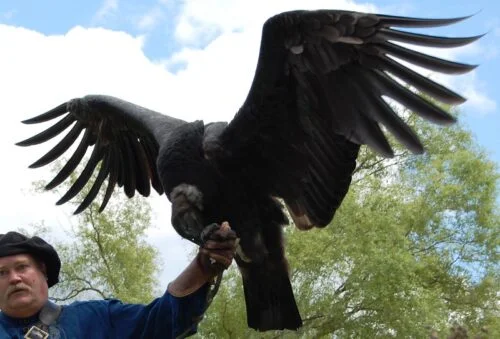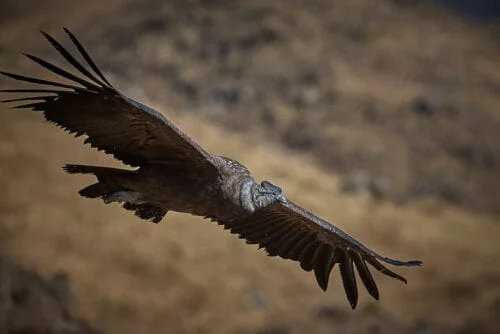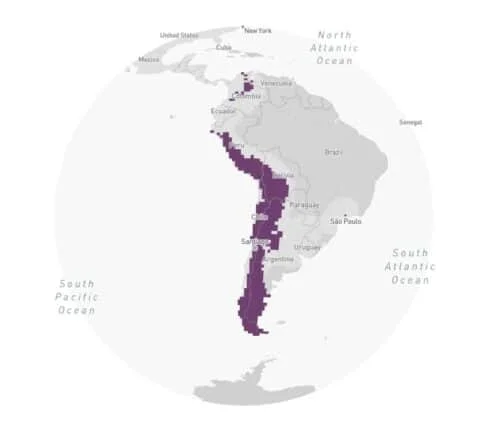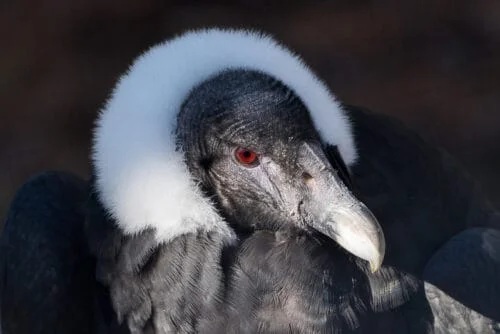Discover the awe-inspiring world of the Andean condor (Vultur gryphus), the world’s heaviest bird of prey. With a wingspan stretching over 10.5 feet (3.2 meters) and adult males weighing up to 33 pounds (15 kg), this magnificent avian predator reigns supreme in the Andes mountain range.
Uncover the fascinating lifestyle, feeding habits, and conservation status of this near-threatened species, as we celebrate its essential role in maintaining the delicate balance of our planet’s ecosystem.
Get ready to be captivated by the breathtaking beauty and sheer might of the Andean condor!

How Heavy Is the Andean Condor?
While it may not win any beauty contests, the Andean condor certainly takes the cake when it comes to sheer size and weight. Adult males can weigh up to a whopping 33 pounds (15 kg), while their wingspans can reach an impressive 10.5 feet (3.2 meters). To put that into perspective, that’s about as long as a compact car!

The Andean Condor’s Habitat and Distribution
As their name suggests, Andean condors are native to the Andes mountain range, spanning countries like Argentina, Chile, Bolivia, Peru, Ecuador, and Colombia. These colossal birds thrive in elevations of up to 16,000 feet (5,000 meters), where they can effortlessly glide on updrafts generated by the rugged terrain. Talk about living life on the edge – literally!

The Andean Condor’s Diet and Feeding Habits
Though they may appear menacing, Andean condors are actually nature’s very own clean-up crew. They primarily feast on carrion – the decaying flesh of dead animals – which they can spot from miles away with their keen eyesight. Don’t let their dietary preferences fool you; these birds are undeniably vital to the ecosystem, as they help prevent the spread of disease and contribute to nutrient cycling.
Andean Condor Reproduction
It turns out that these heavyweight birds are quite the romantics! Andean condors form lifelong monogamous bonds, with pairs often spotted tenderly preening one another. They’re also known for their slow and steady approach to reproduction. These birds reach sexual maturity at around six years of age and produce just one egg every couple of years. Parents then work together to raise their young, with both taking turns incubating the egg and feeding the chick.

Conservation Status: Helping the Andean Condor Soar into the Future
Unfortunately, the Andean condor is currently classified as “Near Threatened” by the IUCN Red List, with populations facing various challenges, including habitat loss, lead poisoning, and human persecution. However, conservation efforts are underway, and with increased awareness, we can help these magnificent birds continue to grace the skies for generations to come.
In Conclusion: Celebrating the World’s Heaviest Bird of Prey
From their remarkable size to their essential role in the ecosystem, the Andean condor is truly a wonder of the natural world. So, the next time you find yourself in the majestic Andes, keep an eye out for these fascinating giants of the sky – they’re sure to leave you awestruck and inspired!
